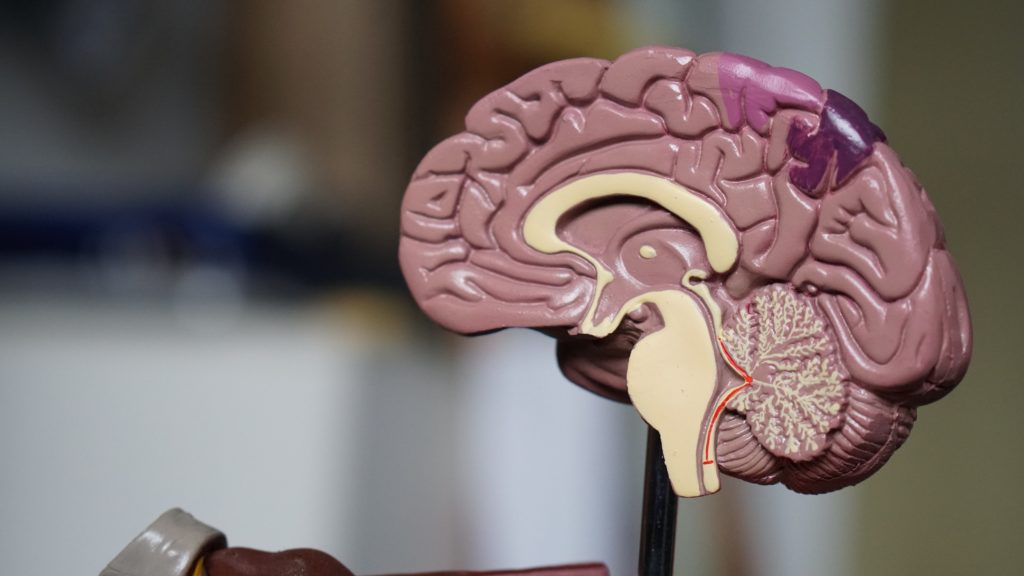A recent series of studies in both the U.S. and Canada have provided new insights into the way traumatic brain injuries suffered by young people are diagnosed and understood.

JAMA Study Indicates Link Between Traumatic Brain Injury and Associated Health Conditions
A study from the Journal of the American Medical Association (JAMA) found that 1.8 million children (2.5 percent of all children in America) have had a traumatic brain injury (TBI). The research goes on to show that these children are at greater risk for a host of long-term issues and illnesses.
First published in November of 2018, the study found that kids with a TBI were at a heightened risk of suffering a wide variety of different childhood health conditions, including learning disorders, attention-deficient/hyperactivity disorder, speech/language problems, developmental delay, anxiety disorders and/or bone, joint, or muscle problems. The wide variety of results and correlations found by the study suggest that the full consequences of TBI, particularly when it occurs at a young age, are not yet fully understood. As the brain continues to develop, injuries previously thought to be minor may progress and grow in unusual ways.
The study also found that many TBIs may go unreported. There is a higher incidence of reported injuries in states with greater levels of private insurance and more access to medical care. This suggests that the availability of care may be a factor in whether a TBI is recognized and diagnosed. In cases where a TBI goes undiagnosed, the consequences to the child and any associated health conditions are likely to be far more severe.
Ontario-Based Study Finds Increased Prevalence of Traumatic Brain Injury
A study conducted in Ontario sought to determine the prevalence of TBI among adolescents. The goal of the study was to assist in the planning and evaluation of injury prevention efforts. Setting a relatively high bar for its definition of a TBI, the study required that a child be unconscious for more than five minutes or be hospitalized overnight to qualify for the study.
Using these criteria, the study found that 20.2 percent of adolescents had suffered a traumatic brain injury at some point in their lives, and 5.6 percent had suffered one in the past year. More than half of these injuries were sports injuries. Also, although it was not a focus of the study, the data gathered indicated that children who were under-performing in school were at greater risk of having suffered a TBI.
We are only now beginning to understand the long-term consequences of even a minor TBI. According to this study, one in five children may be suffering those consequences, making the need for additional understanding abundantly clear.
Cincinnati Children’s Hospital Focuses on Long-Term Care
In recognition of this need, researchers at Cincinnati Children’s Hospital have launched a series of studies aimed at understanding the long-term effects of brain injury on children. Their efforts have a truly ambitious scope — gathering data on average for seven years following the injury. One study focuses on the structural connectivity of brain networks and how they may be repaired, seeking to increase our understanding of how the brain’s physical structure affects TBI symptoms. The eventual goal is to develop a program that can provide affected families with training and resources to maximize outcomes in each individual recovery case.
A traumatic brain injury to a child is a terrifying event. But all across the country resources are being utilized to increase our understanding of these injuries, and improve our ability to treat them. If you or someone you know has been affected by a traumatic brain injury, contact the attorneys at Allen & Allen for a free consultation.




